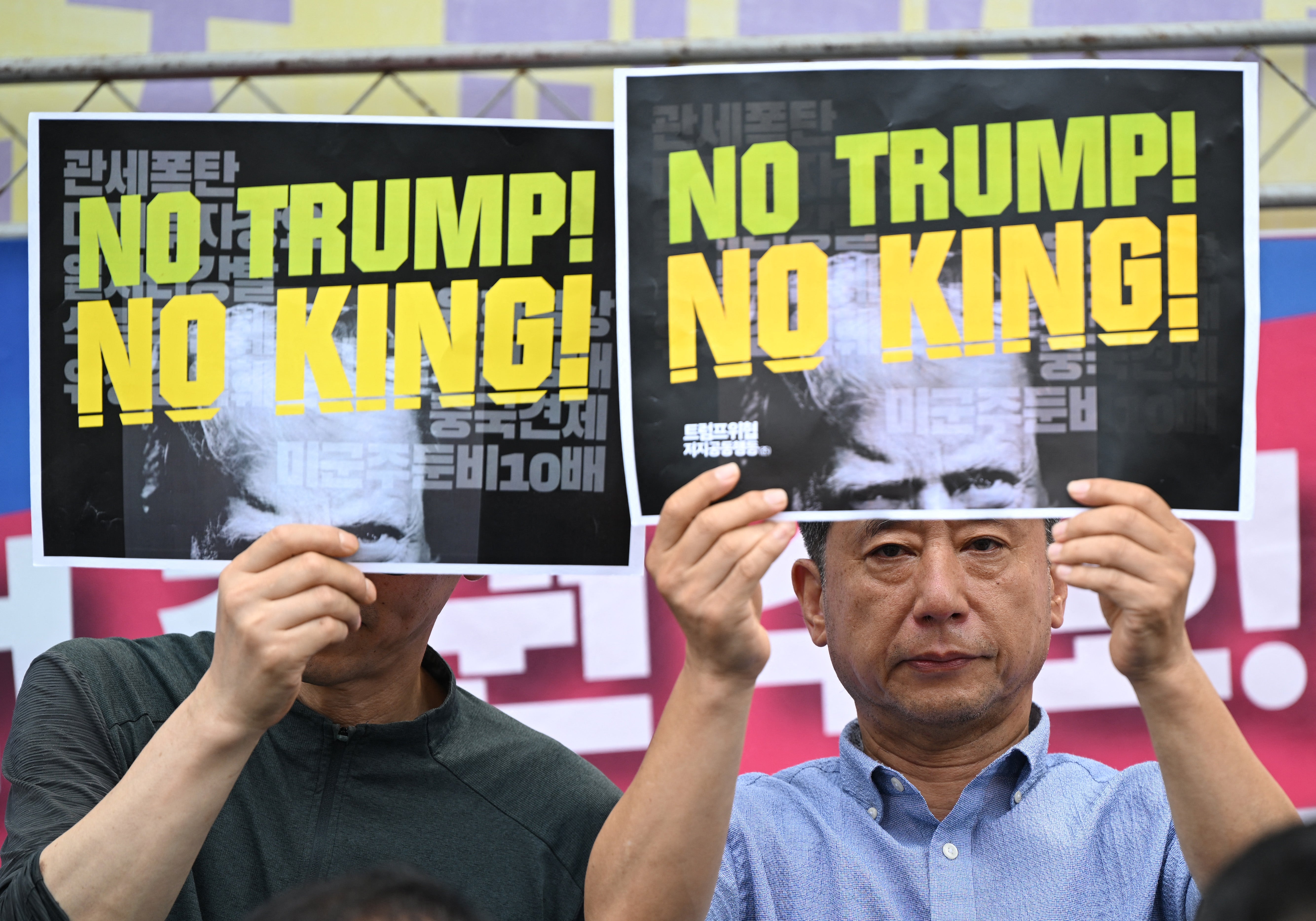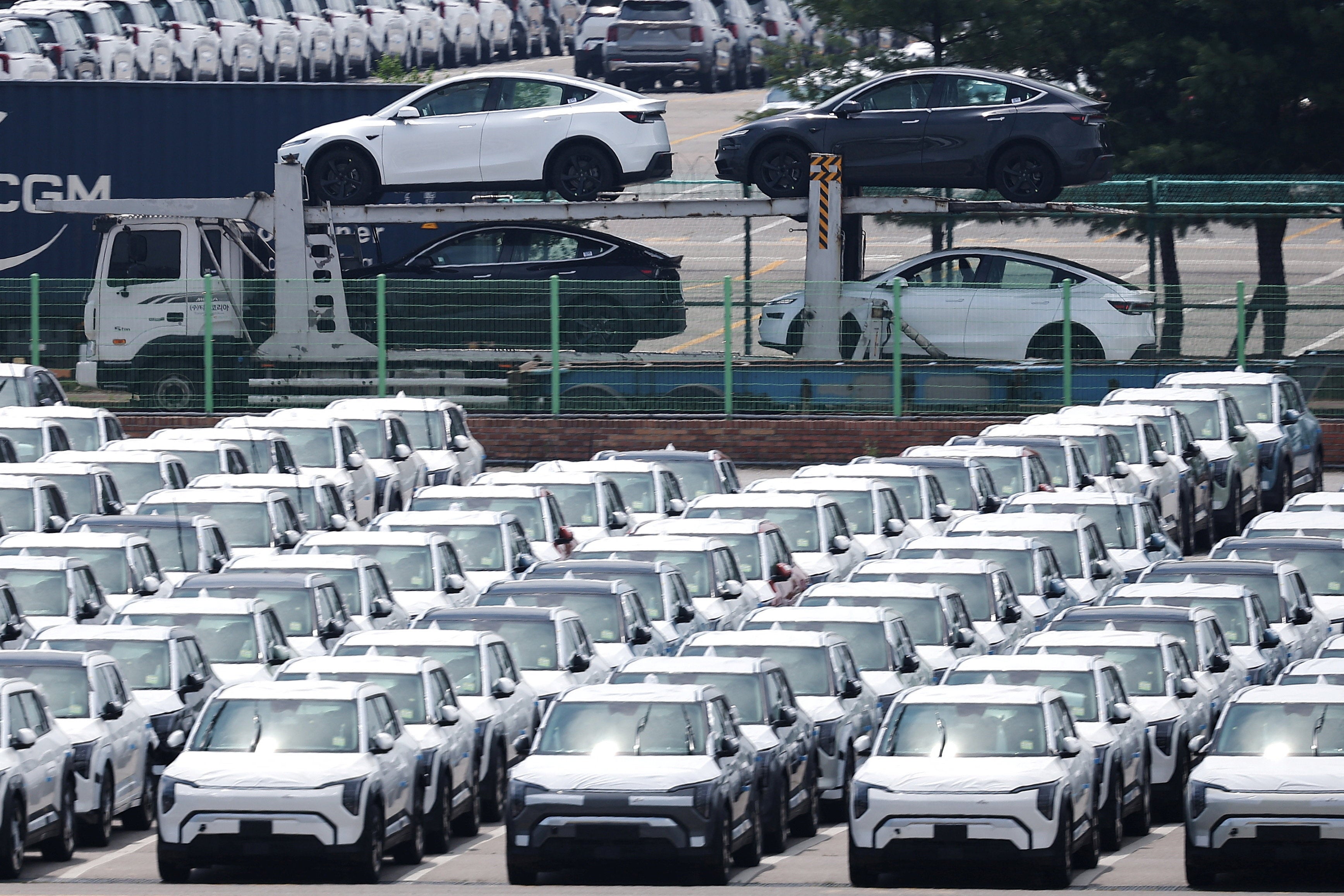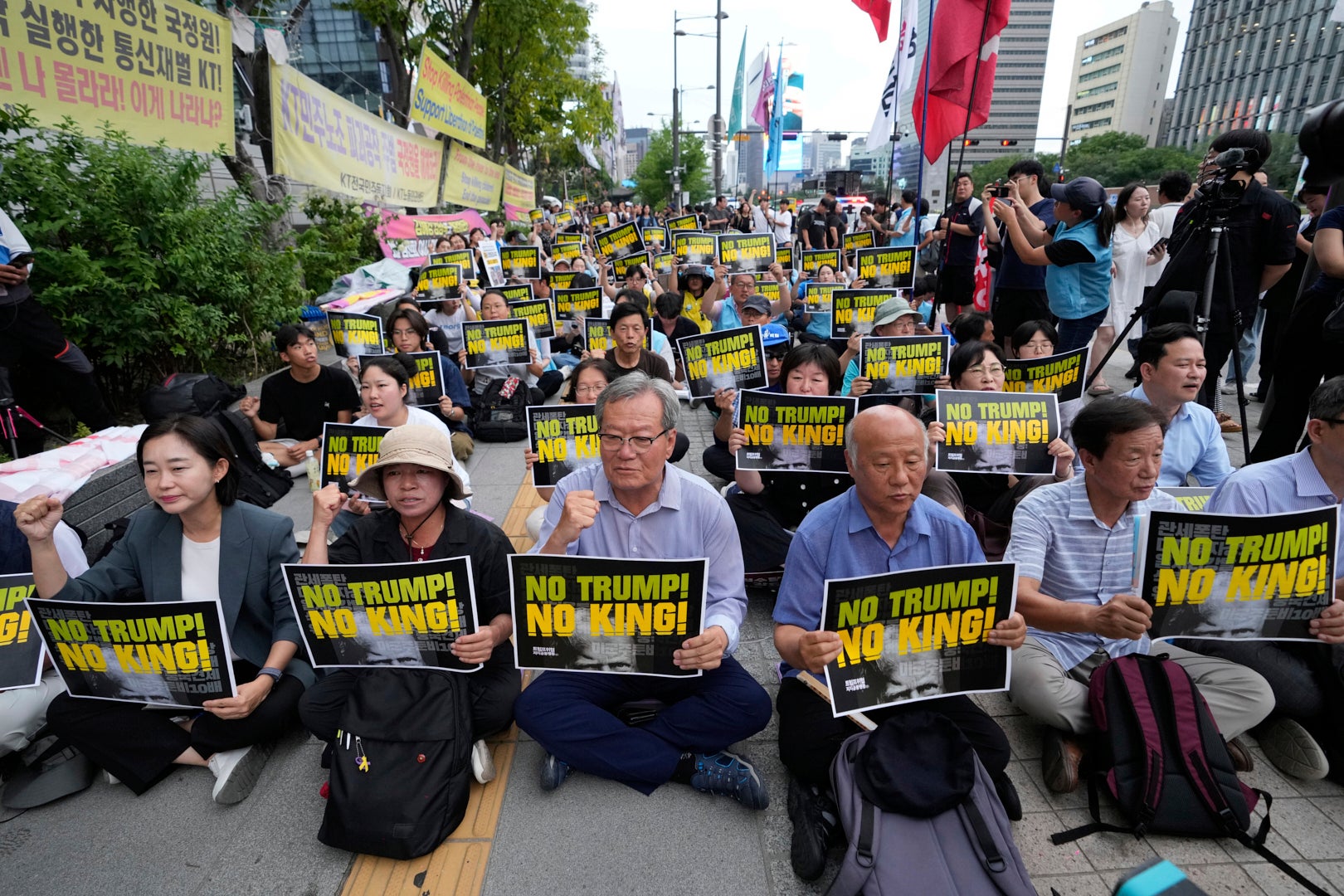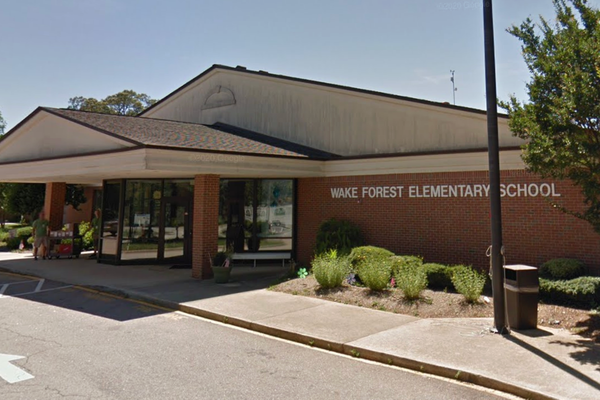President Lee Jae Myung said South Korea had “overcome a major hurdle” by striking a trade deal with the US to cut import tariffs to 15 per cent, easing tensions with its chief ally.
The deal, announced by Donald Trump, came after South Korean officials met with the US president on Wednesday, sparing one of the world’s biggest exporters from a 25 per cent tariff just a day before sweeping American levies on other countries were set to take effect.
South Korea is a powerhouse exporter of computer chips, cars and steel.
The agreement paved the way for Mr Lee’s summit with Mr Trump in the next two weeks. It would be the recently elected South Korean president’s first meeting with his American counterpart since taking office.
“We’ve overcome a major hurdle,” Mr Lee said after the deal was done. “This agreement is the result of the convergence of the US interest in rebuilding its manufacturing industry and our commitment to enhancing the competitiveness of Korean companies in the US market.”
Announcing the deal, Mr Trump said they had agreed to a tariff of 15 per cent for South Korea. “America will not be charged a tariff,” he added.

South Korea, one of America’s closest military allies, was racing to reach a deal in what was seen as an early test for Mr Lee, who took office in June after a snap election. Mr Trump said the deal had eliminated uncertainty in the export environment and set US tariffs lower than or at the same level as major competitors.
Analysts hailed the agreement for avoiding the worst-case scenario for South Korea as pressure had been rising on Seoul after Japan, a key competitor in the car and manufacturing industries, secured a 15 per cent US tariff rate.
Mr Trump had also threatened to withdraw American troops from South Korea after saying the country should pay for its own defence, calling it “very unfair” because it was “making a lot of money”.
South Korea’s economy is heavily dependent on exports of goods and services, accounting for 44 per cent of its economic output in 2023, double the rate of fellow export-driven economy Japan. In 2024, the East Asian nation recorded a $66bn trade surplus with the US.

South Korea agreed under the deal to invest $350bn in the US in projects selected by Mr Trump and to purchase $100bn in energy products.
South Korea would accept American products, including autos and agriculture, into its markets and impose no import duties on them, Mr Trump said.
“Our initial take is that it is a case of the worst avoided, with a pinch of relief removing Korea-specific tariff risks,” said Kathleen Oh, chief Korea economist at Morgan Stanley. "We also see this as broadly positive, as it puts Korea on level ground with its export competitors in the US, especially for autos.”
South Korean officials claimed that the deal would maintain a 15 per cent tariff cut on cars – a key sticking point – and avoid expanding US access to its beef and rice markets.
Mr Trump, however, suggested agriculture was included, without offering specific details.
Market access for farm products has long been politically sensitive in South Korea, sparking mass protests in 2008 and risking the new government’s support among key voters.
"We avoided the worst and chose the next best," former South Korean trade minister Cheong In Kyo said, adding that much would depend on how investments to the US were structured. “Depending on how and where $350 billion will be spent, this fund will be looked at differently.”

Kim Yong Beom, policy chief for the South Korean presidential office, said that $150bn of the $350bn fund was aimed at a shipbuilding partnership while the rest would cover chips, nuclear power, batteries, and biotechnology.
The energy purchases would include LNG, LPG, crude oil, and some coal, Mr Kim added. "This is within our usual import volume," he said, adding that it could lead to a "slight shift" in the country’s mix of imports from the Middle East to more American sources.
Mr Trump, meanwhile, intensified his rhetoric against countries still struggling to strike a deal with American negotiators ahead of the 1 August deadline for his tariffs to take effect.
While South Korea was able to match Japan’s deal for a baseline tariff of 15 per cent, Indonesia and the Philippines agreed to a 19 per cent rate each.
India, which is still to make a deal with the US, faces a 25 per cent tariff rate on its exports, with Mr Trump ramping up his criticism of New Delhi for buying Russian oil and even threatening a trade war.
As for China, American officials will continue negotiating with Beijing until a trade truce remains in force until 12 August.
Massive 8.8 earthquake prompts evacuations and tsunami warnings in US and Japan
Trump says ‘friend’ India will face 25% tariffs ‘plus a penalty’ over Russia ties
Kim Jong Un’s sister says Trump must accept North Korea as a nuclear weapons state
How did Russia avoid major damage from earthquake and tsunami?
Taiwanese TV show ‘Zero Day’ on potential Chinese invasion sparks fears of reprisal
Tsunami mapped: Hawaii and California warnings issued after massive earthquake







